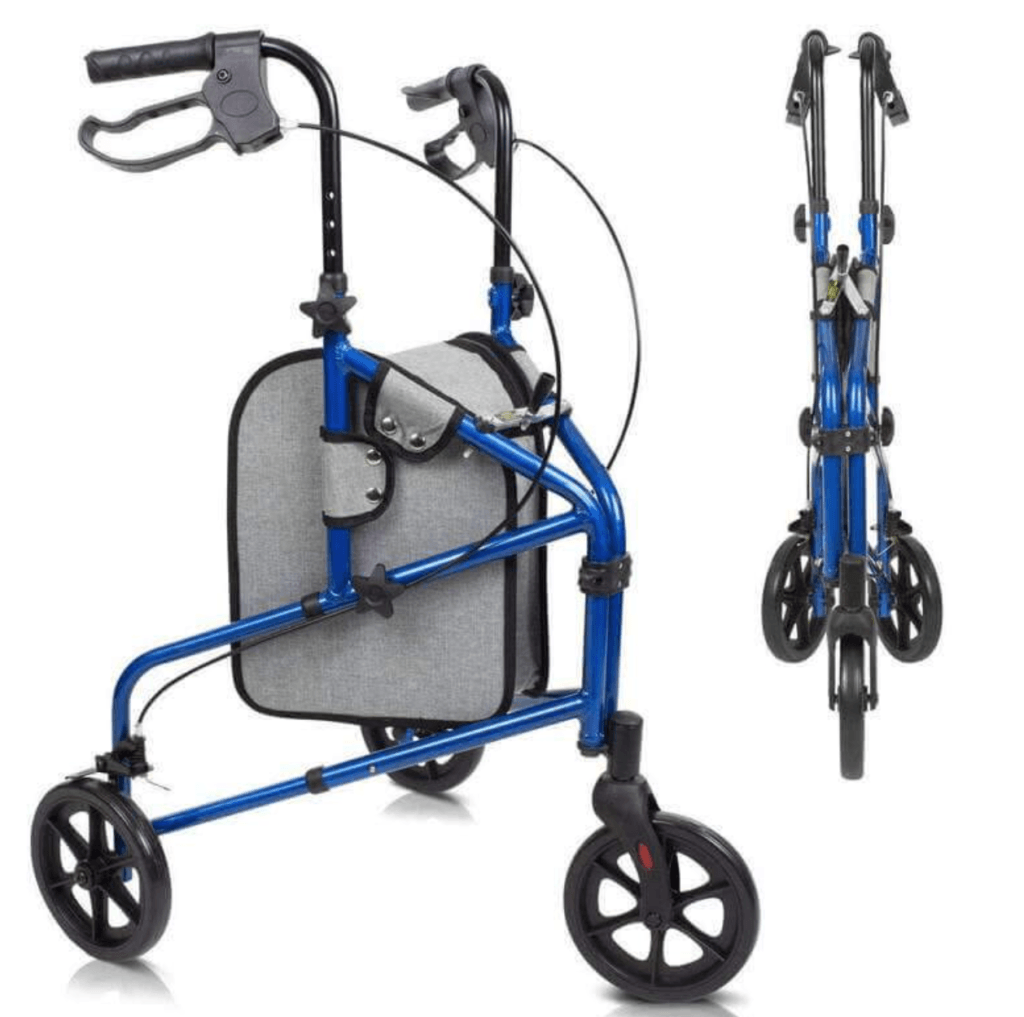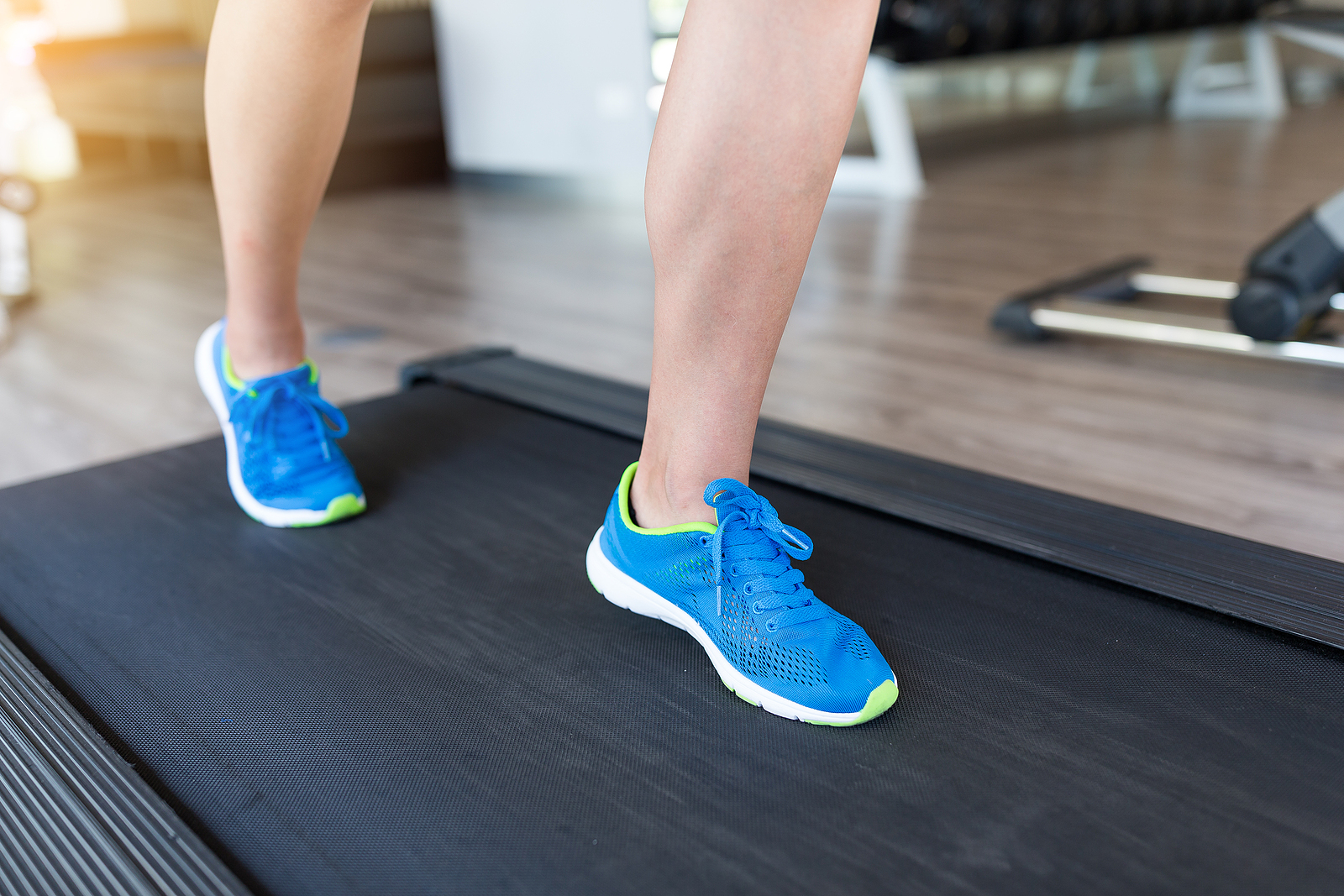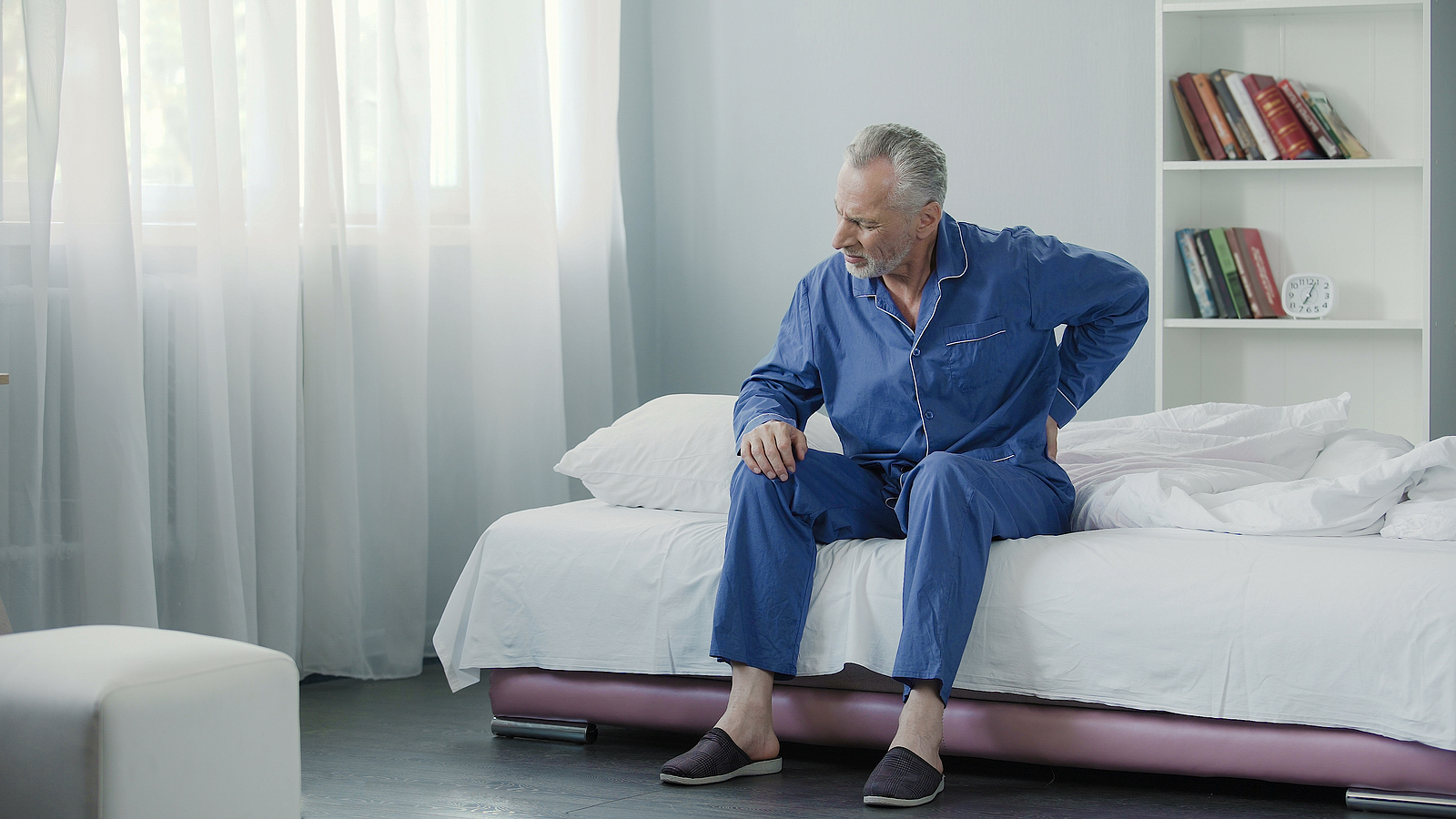Grocery shopping is a necessity for all of us and unfortunately, it can be a big hurdle for seniors who want to maintain their independence.
Weakness and shortness of breath can make shopping challenging, but falling is a big concern for many.
And for seniors with balance issues, grocery shopping presents a lot of challenges.
Crowded aisles, hard-to-reach items, heavy bags, and uneven parking lots can all increase the risk of falls – but grocery shopping doesn’t have to feel daunting.
With proper preparation, mindful choices, and the right tools, seniors can enjoy a safer and more stress-free shopping experience.
In this guide, we’ll offer practical strategies to help reduce fall risk and improve confidence while shopping, ensuring that grocery trips remain a productive and enjoyable part of your routine.
1. Plan Ahead for Safety
Preparing before heading to the store can make the trip less stressful and reduce risks.
Consider the following to try to make your shopping trips as hassle free as possible:
Shop During Off-Peak Hours
Choose times when the store is less crowded to avoid rushing or navigating through large crowds.
The busiest grocery store times are usually midday on weekends and between 4 pm – 6 pm on weekdays, so going earlier in the morning can help you avoid busy aisles (it’s also a good idea to avoid the church crowd on Sundays).
Make a List
It’s a good idea to have a game plan before heading to the store, as this can drastically reduce time spent in there.
If possible, try to organize your list by store layout to minimize unnecessary walking or backtracking.
Bring a Shopping Companion
This is a luxury not all seniors have access to, but having a family member or caregiver to go to the store with can make the entire experience easier.
A companion can provide assistance while shopping, but also assist with getting in/out of the vehicle, loading the car, and help with walking as needed.
2. Wear the Right Gear
Something as small as wearing the proper clothing and footwear can significantly reduce fall risk as well.
Before going to the grocery store, making sure to don:
- Non-Slip Shoes: Opt for sturdy, comfortable shoes with non-slip soles to improve grip on potentially slippery floors.
- Comfortable Clothing: Avoid loose clothing that might get caught on carts or shelves.
3. Use Mobility Aids
I know, no one likes using canes or walkers, but safety is always the first priority and these devices can significantly reduce your fall risk.
If you typically use a walker or rollator, bring it with you to the store – if you have someone else with you, they can manage your assistive device while you push the cart.
And yes, the cart can often provide enough support for seniors to safely walk through the store (especially if they’re used to rollators), but this isn’t always the case.
Seniors with more significant balance issues won’t be safe using a grocery cart alone – with 4 wheels, those carts can easily get away from you!
And don’t forget about the store-provided scooters – these are there to help folks who need the extra assistance.
Managing assistive devices can be the biggest hurdle when it comes to getting to the grocery store, but there are different options worth trying.
Some seniors opt to keep a walker in the car at all times for use when going on outings (3-wheel rollators can work well for this, as they are small, lightweight, and easy to transport).
Whatever your strategy is, make sure you’re using the appropriate device to maximize stability while walking.

4. Be Mindful of Your Surroundings
Staying aware can help you avoid hazards while in the store, reducing your fall risk.
When grocery shopping:
- Watch for Spills: Notify store staff immediately if you spot any spills or wet areas.
- Avoid Overreaching: Use a grabber tool or ask for assistance to reach high or low items.
- Navigate Carefully: Take your time around corners and avoid sudden stops to prevent collisions with others.
5. Choose the Right Groceries
Carrying groceries should be manageable and safe, especially if you’re shopping alone.
Here are some ideas to help make managing the groceries a little easier, both in the store and when you get back home:
- Opt for Smaller Items: Choose smaller containers to avoid heavy lifting.
- Use Store Pickup or Delivery: Many stores now offer pickup and delivery services, allowing you to shop without the risks of navigating the store.
- Invest in Reusable Bags with Handles: Bags with sturdy handles are easier to carry and reduce the risk of straining or dropping items.
6. Practice Good Posture and Movements
How you move during shopping plays a key role in preventing falls.
We could spend a lot of time going over proper body mechanics, but here are a few key takeaways to help protect yourself in the grocery store:
Maintain Upright Posture
Focus on keeping your shoulders back and your head up as you walk through the store.
Having a good upright posture not only helps reduce strain on your back, but it can also improve your center of gravity and help reduce your fall risk.
Don’t forget to pick those feet up as your walk either!
Bend at the Knees
When reaching for items on lower shelves, squat down instead of bending at the waist.
And keep an eye on your foot placement too – bring your feet a little wider apart before bending or twisting can help improve your stability.
Most folks will feel most stable with a stance of around shoulder-width or a bit wider; you can also stagger your stance a little so that one foot is just a little farther ahead than the other.
Having a nice, stable stance before lifting or reaching can make a huge difference in reducing fall risk.
Don’t Overload
Making it through the grocery store safely is only part of the story – you have to get those groceries back into your house too.
When bring the groceries in from the car, avoid carrying too many bags at once, as this can increase your fall risk.
It’s safer to carry less and take multiple trips, resting as needed in between.
7. Ask for Store Assistance
If you get to the store and find that you’re having trouble, it’s ok to ask for help.
Staff is usually eager to assist with reaching items and carrying groceries to your car.
So don’t hesitate to ask for help – it’s often readily available.
8. Parking Lot Safety
Managing the store is one thing, but getting to/from your vehicle is something else.
And falls often occur outside the store.
Here are a few ideas that can help reduce fall risk when getting in/out of the store:
- Park close to the entrance to reduce walking distance
- Have a caregiver drop you off or walk with you if possible
- Use your regular assistive device when walking from vehicle to store entrance
- Avoid going to the store in nasty weather (rain, snow, etc)
- Go to store during day when parking lot is well-lit
Prevention Strategies to Reduce Fall Risk
Reducing the risk of falls in the grocery store starts with preparation and improving general physical health.
Here are some prevention strategies that can help reduce overall fall risk:
Engage in Regular Exercise
Exercise is one of the most important things seniors can do to reduce their fall risk.
Activities like walking, tai chi, or yoga can improve balance and flexibility, reducing the likelihood of falls, but strength training can improve balance too.
Basically, the stronger our legs and core are, the more stable we are on our feet – plus it makes things like standing up and going up/down curbs easier.
And of course, there are some great balance exercises seniors can do on their own to improve their balance and reduce their fall risk as well.
Physical Therapy
If you’re feeling unstable on your feet or have had falls in the past, it’s a good idea to consider getting some physical therapy.
As a physical therapist (PT) myself, I’m a little biased, but therapy can reduce fall risk.
A PT can assess your strengths and weaknesses and develop a personalized exercise plan to improve your weaknesses and help reduce your risk of falls.
A PT can also assess whether or not you’d benefit from a walking aid and make suggestions on which device would work best.
If you’re interested in trying physical therapy, talk with your family physician and they can make a referral.
Use a Personal Alarm Device
Personal alarm devices come in all kinds of shapes and sizes now and they can be a great tool for improving safety.
Features vary, but these devices can alert 911 (or a family member) if you have a fall and can’t get up.
These devices can be especially useful for seniors who live by themselves or have to go grocery shopping by themselves.
Either way, these devices can provide additional peace of mind for seniors and caregivers alike.
Final Thoughts
I don’t think I mentioned this earlier, but grocery shopping can also be a great source of exercise for seniors, especially ones that don’t regularly exercise at home.
The key is to plan ahead, use any necessary mobility aids, and stay mindful of your surroundings and personal capabilities.
And again, getting a little physical therapy can go a long way too.
With a bit of preparation and the right strategies, grocery shopping can remain a safe and enjoyable activity for years to come.
If you have any questions of comments, just leave ’em below and I’ll get back to you shortly.
Happy shopping!



